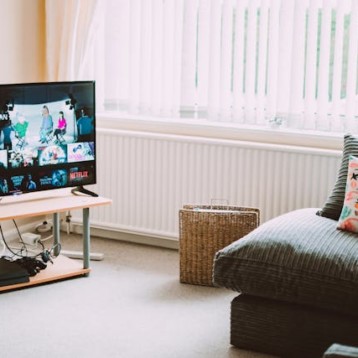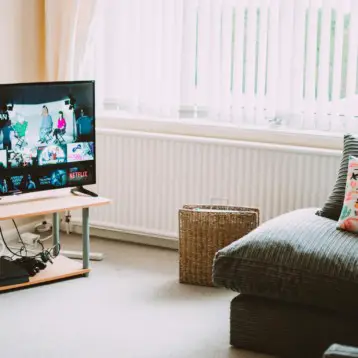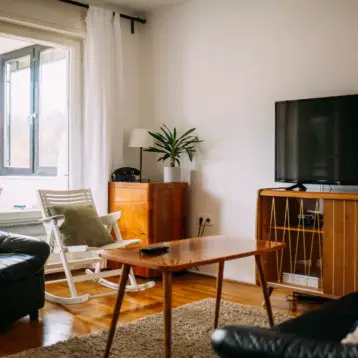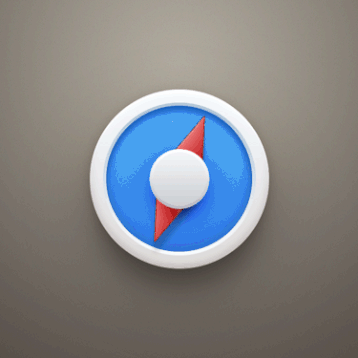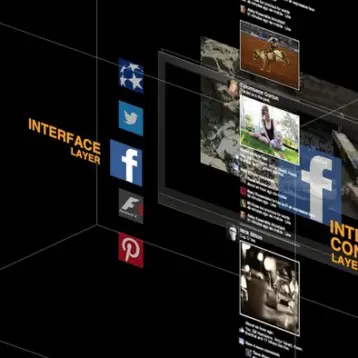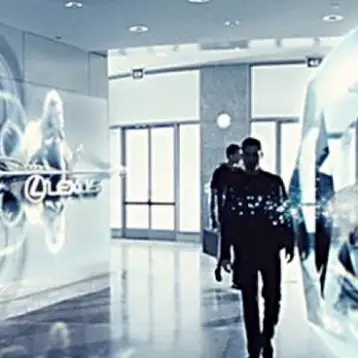|
Physical Intervention in Computational Optimization or PICO for short is an interactive tabletop surface that can track the positions of specially tagged pucks on top of it. Using an array of electromagnets it can also move these pucks under software control. “We developed PICO to explore the idea of mechanical constraints as a new way to interact with computers during problem solving tasks” – says Patten.
The system can be used in complex problem solving tasks. A simple example demonstrated was its ability to maintain an equilateral triangle constructed of three pucks placed on the table. The user can change the location of one or more pucks and the computer will reposition the others so that they will still construct an equilateral triangle, while maintaining in the best way possible the precise location originally chosen by the user.
PICO uses the physics of the interaction between objects on the tabletop as a means to optimizing the software reaction’s to the user’s actions. The user can constrain the motion of any of the pucks using his hands or any other physical object, and the software will re-solve the optimization problem according to the new set of constraints.
An interesting example of a problem where this device can be used is demonstrated on Patton’s website: the computer is given a map of a specific area and a number of pucks. The user can associate each puck with a specific cellular telephone tower and place it at a desired location of the map projected on the table surface. The target is to maximize the overall network coverage by moving and reconfiguring the towers. The system supports zooming in and out of the map, preserving the original constraints. The computer then tries to place the pucks at the most optimized locations, as specified by the input of the problem. At all times the user is able to guide the optimization process by adding or removing mechanical constraints.
|
The user has many options he can use in order to refine the input of the task. For example, he can use a flexible barrier to limit the area in which the pucks can be located. He can also lock an object in place by holding it on the table, or by placing a weight on top of it, making it too heavy for the computer to move. A special roll of tape is used in order to allow a certain puck to move freely only in a specified area. A plastic collar placed around a puck ensures that it will always keep a certain minimum distance from any other puck. A ring placed around a group of pucks guarantees that the pucks will stay at a certain maximum distance from each other. The user can also specify the difficulty in moving a puck by either one of the following options: he can place a weight on the puck and so make it more difficult to move; an opposite effect can be obtained using a slippery surface (like Teflon), or simply by pouring some soap water on the surface. The variety of physical objects that can be used as mechanical constraints in PICO is quite large. As these constraints are added and taken away, the computer continues to optimize the overall layout of the cellular telephone towers. Patten says that the system is designed to balance the computer brute-force optimization with the user’s intuitive understanding of subtle issues that may be difficult to quantify. To date, PICO was used for factory floor layout planning, CNC tool-path optimization, and cellular telephone tower layout. Others see the future of PICO in various applications like gaming, art and so forth.
TFOT has covered many of the recent interactive display technologies developed around the world including Microsoft Surface Computing, Simon Greenwold Interactive 3D Virtual Environment, the Swedish smart paper known as paper four, the Interactive livePic and of course Perceptive Pixel’s amazing Multi-Touch display.
You can watch a video that demonstrates the performance of this system in cellular towers layout problem on Patten’s website.



